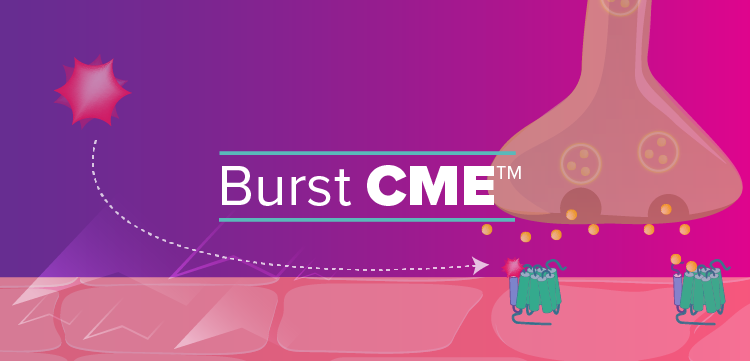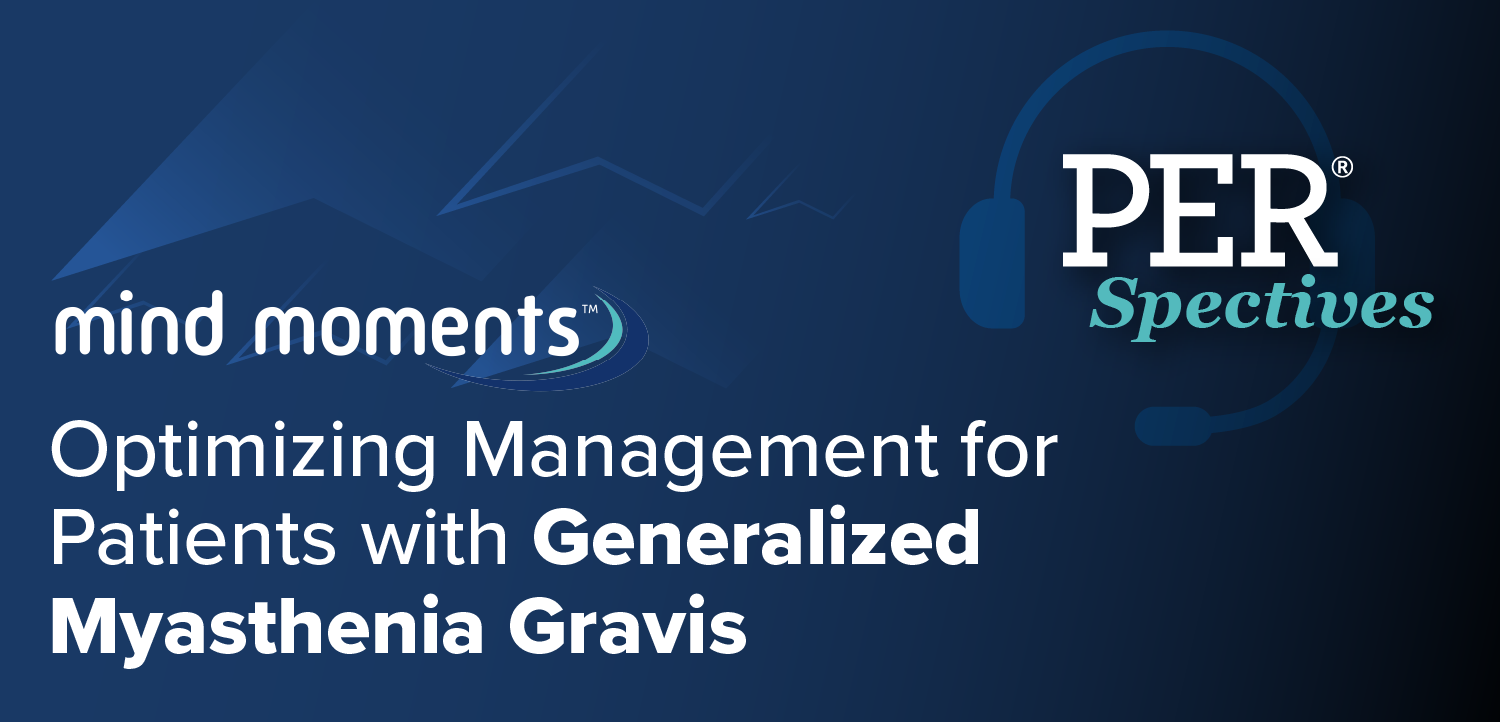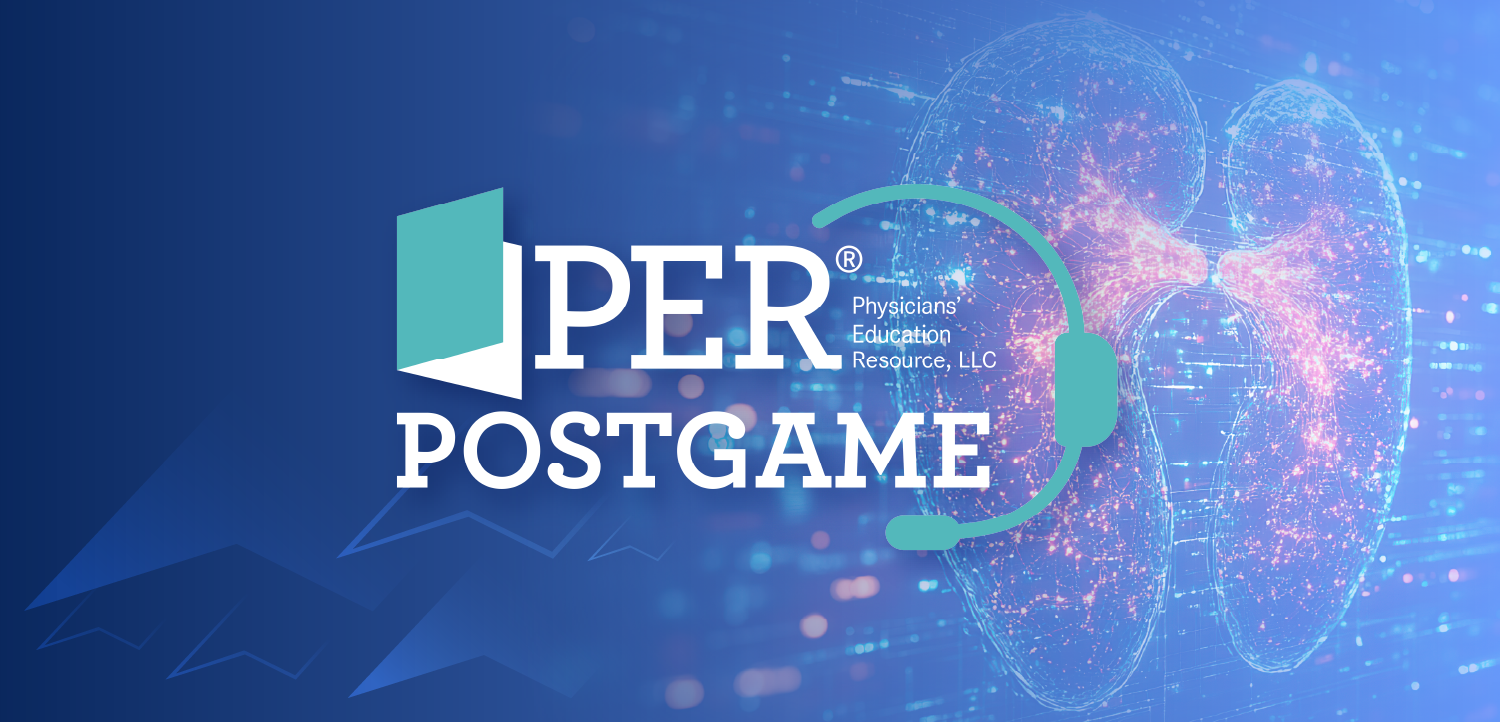
FDA Approves Apomorphine Infusion Device SPN-830 as New Parkinson Treatment
Key Takeaways
- SPN-830 is the first FDA-approved subcutaneous apomorphine infusion device for advanced Parkinson's disease, reducing motor fluctuations.
- The TOLEDO study showed significant reductions in OFF time and increases in ON time without dyskinesia for SPN-830.
SPN-830 is a wearable subcutaneous infusion device designed to deliver continuous treatment throughout the waking day, ensuring more consistent control of OFF time.
Nearly 4 and a half years since its original submission, the FDA has approved Supernus Pharmaceuticals’ investigational agent SPN-830 (Onapgo) as the first and only subcutaneous apomorphine infusion device for the treatment of motor fluctuations in adults with advanced Parkinson disease (PD). The company also noted that it will make SPN-830 available in the second quarter of 2025 with a support team of experts, including a robust nurse education program, and access support at launch.1
"People living with Parkinson's and their families are hungry for new treatment options, and the PMD Alliance community was thrilled to learn about SPN-830's approval. Every newly approved Parkinson's therapy is a win for our community,"
The therapy’s approval was based on data from the TOLEDO study (NCT02006121), a randomized, double-blind study in which treatment with the device was associated with a difference of –1.89 hours per day of OFF time for patients with PD in comparison with placebo. Published in the Lancet Neurology in 2018, the study randomly assigned 106 patients living with the disease to either 3-mg/hour to 8-mg/hour dose of apomorphine (n = 53) or placebo saline infusion (n = 53) during their wake hours for a 12-week period.2
"Hope is strong after this approval, the third in less than a year. Combined with momentum from the
In TOLEDO, the intervention group, with a mean final drug dose of 4.68 mg/hour, showed significant improvements, including a reduction in OFF time of –2.47 hours/day compared with –0.58 hours/day for placebo (P = .0025), and an increase in ON time without troublesome dyskinesia of 2.77 hours/day versus 0.80 hours/day for placebo (P = .0008). Additionally, 62% of the apomorphine group were responders compared with 29% in the placebo group (P = .0008).
"The approval of ONAPGO (SPN-830) is a significant milestone in Parkinson’s disease management. As advanced practice providers, we play a critical role in optimizing treatment plans and ensuring patients have access to the best available therapies,"
The timeline for SPN-830 dates back to September 2020, when Supernus sent its original new drug application (NDA) to the FDA.3 Shortly after, the FDA issued a refusal to file letter indicating that the NDA was not sufficiently complete to permit a substantive review. Nearly a year later, in December 2021, the company resubmitted its NDA; however, it was once again met with resistance, as the FDA
In the CRL, the agency noted that it required additional information and analyses related to the device, including labeling, product quality and manufacturing, device performance, and risk analysis. At the time, no additional efficacy or safety clinical studies were required. Notably, the FDA mentioned in the letter that the application's approval would require inspections that could not be completed in a timely manner, primarily because of travel restrictions amid the COVID-19 pandemic.
Supernus
"The approval of SPN-830 is incredibly exciting! Extensive data supports its effectiveness, as it has been used in other regions for decades—dating back 29 years in Europe. As more treatment options become available for people living with Parkinson’s disease, we, as clinicians, can better tailor treatment plans to each individual’s unique needs and best interests," Erin Zinn, MSN, APRN-CNP, ANP-BC, CMRD, director of Operations & Strategy at AMDAPP, told NeurologyLive. "SPN-830 represents yet another groundbreaking option for managing PD. This is an exciting time in the movement disorders community, with new advancements offering hope for improved quality of life for those with Parkinson’s."
READ MORE:
At the end of the treatment period in TOLEO, patients on SPN-830 experienced a mean reduction in OFF time of –2.47 hours per day (SD, 3.70) compared with –0.58 hours per day (SD, 2.80) for those on placebo (P = .0025). Investigators suggested that this therapy could potentially reduce the need for higher doses of concomitant oral antiparkinsonian medications.
Additional data from the study showed that 62% of patients on SPN-830 achieved at least a 2-hour reduction in OFF time compared with 29% of those on placebo. Overall, 71% of the SPN-830 group reported improvements in their general health compared with 18% in the placebo group. Patients on the active treatment also experienced a 2.77-hour/day increase in ON time without troublesome dyskinesia and significantly improved Patient Global Impression of Change scores (P < .001). While reductions in oral levodopa dose were not significant (P = .0615), SPN-830 led to a significantly greater reduction in levodopa-equivalent dose than placebo (P = .0014).
"This therapy is particularly beneficial for patients with moderate to advanced Parkinson’s disease who struggle with unpredictable OFF periods despite optimized oral treatment, as demonstrated in the TOLEDO study. By bypassing the gastrointestinal system, ONAPGO ensures more reliable medication absorption, which is critical for those with delayed gastric emptying or erratic response to oral levodopa," Zinn explained. "As with any infusion therapy, proper patient selection, dose titration, and monitoring are essential to maximize benefits while minimizing side effects such as nausea, hypotension, and skin reactions at the infusion site. All of which we can prepare for and manage well with proper education."
Apomorphine was first approved in 2004 under the brand name Apokyn for the acute, intermittent treatment of OFF episodes in PD. Apokyn is different from SPN-830, as it is administered by subcutaneous injection with a multiple-dose pen injector that can be used up to 5 times a day, with doses no less than 2 hours apart. Apomorphine works as a dopamine agonist that binds with high affinity to the dopamine D4 receptor, and moderate affinity for the dopamine D2, D3, and D5, and adrenergic α1D, α2B, α2C receptors.
"As APPs, we play a pivotal role in educating patients, initiating therapy, titrating doses, and troubleshooting infusion management to ensure the best possible outcomes. Hands-on training and education will be key to equipping providers with the skills needed to implement this therapy effectively," Papesh said. "At AMDAPP, we are committed to supporting APPs with the education and resources needed to integrate ONAPGO into clinical practice. We will do all we can to bring hands-on training and education to the community to ensure providers feel confident using this new treatment option."
In TOLEDO, SPN-830 was generally well tolerated, with no unexpected safety concerns. Most adverse events (AEs) were mild or moderate, and no deaths occurred. TEAEs were reported in 93% of patients on SPN-830 compared with 57% on placebo, with common AEs including skin reactions, nausea, and somnolence. A higher proportion of patients in the apomorphine group experienced AEs requiring dose modification.
“The approval of a new device that delivers a drug for folks with Parkinson’s disease, using an under the skin technology, and not requiring a wire in the brain or a tube in the stomach, is a huge advantage for many folks looking to improve their Parkinson’s disease symptoms,"
Six patients in the SPN-830 group withdrew from the study due to AEs. Three of these withdrawals were due to serious events: severe hypotension, myocardial infarction, and abnormal hematology results indicating mild leucopenia and moderate anemia (non-hemolytic). The remaining three withdrawals were attributed to visual hallucinations, moderate gait disturbance, and mild infusion-site erythema. Except for myocardial infarction, all AEs leading to withdrawal were considered treatment-related and resolved after discontinuation of SPN-830.
“The pump seems to be very well tolerated, however it will likely translate in the real world to requiring some maintenance, and we therefore believe that having really great care partners, which is something important in Parkinson’s disease outcomes, will be critical for folks interested in this pump technology," Okun said in the interview with NeurologyLive. “This is the second subcutaneous pump recently approved by the FDA for treatment Parkinson’s disease and is great news for many of the folks who are suffering what we refer to as motor fluctuations; where their symptoms are bouncing up and down from feeling completely off medication to experiencing, in some cases dance like movements called dyskinesia.”
“Though we are excited to see another pump therapy, and especially one that is under the skin and less invasive than other technologies, we will crucially need to learn how to apply this pump in clinical practice. We will need to understand what persons with [Parkinson] disease will benefit the most from this therapy, and also when to pull the trigger for more aggressive therapy like deep brain stimulation or focus ultrasound," Okun explained.
REFERENCES
1. Supernus Announces FDA Approval of ONAPGO™ (apomorphine hydrochloride) for Parkinson’s Disease. News Release. Supernus. Published February 4, 2025. Accessed February 4, 2025. https://ir.supernus.com/news-releases/news-release-details/supernus-announces-fda-approval-onapgotm-apomorphine
2. Katzenschlager R, Poewe W, Rascol O, et al. Apomorphine subcutaneous infusion in patients with Parkinson's disease with persistent motor fluctuations (TOLEDO): a multicentre, double-blind, randomized, placebo-controlled trial. Lancet Neurol. 2018;17(9):749-759. doi:10.1016/S1474-4422(18)30239-4
3. Supernus Submits NDA for SPN-830 for Continuous Treatment of ON-OFF Episodes in Adults with Parkinson’s Disease Who Have Failed Two Treatments. News release. Supernus Pharmaceuticals. September 14, 2020. Accessed February 1, 2025. https://ir.supernus.com/news-releases/news-release-details/supernus-submits-nda-spn-830-continuous-treatment-episodes
4. Supernus Resubmits NDA for SPN-830 Apomorphine Infusion Device. News release. December 8, 2021. Accessed February 1, 2025. https://ir.supernus.com/news-releases/news-release-details/supernus-resubmits-nda-spn-830-apomorphine-infusion-device
5. Supernus Provides Regulatory Update on SPN-830. News release. Supernus Pharmaceuticals. October 2022. Accessed February 1, 2025. https://ir.supernus.com/news-releases/news-release-details/supernus-provides-regulatory-update-spn-830
6. Supernus resubmits NDA for SPN-830 apomorphine infusion device. News release. Supernus Pharmaceuticals. October 9, 2023. Accessed February 1, 2025. https://ir.supernus.com/news-releases/news-release-details/supernus-resubmits-nda-spn-830-apomorphine-infusion-device-0
7. Supernus Provides Regulatory Update for SPN-830. News Release. Supernus Pharmaceuticals. Published April 8, 2024. Accessed February 1, 2025. https://ir.supernus.com/news-releases/news-release-details/supernus-provides-regulatory-update-spn-830-0
8. Supernus Announces SPN-830 Apomorphine Infusion Device NDA Accepted for Review by FDA. News release. Supernus Pharmaceuticals. August 19, 2024. Accessed February 1, 2025. https://ir.supernus.com/news-releases/news-release-details/supernus-announces-spn-830-apomorphine-infusion-device-nda-0
Newsletter
Keep your finger on the pulse of neurology—subscribe to NeurologyLive for expert interviews, new data, and breakthrough treatment updates.









































